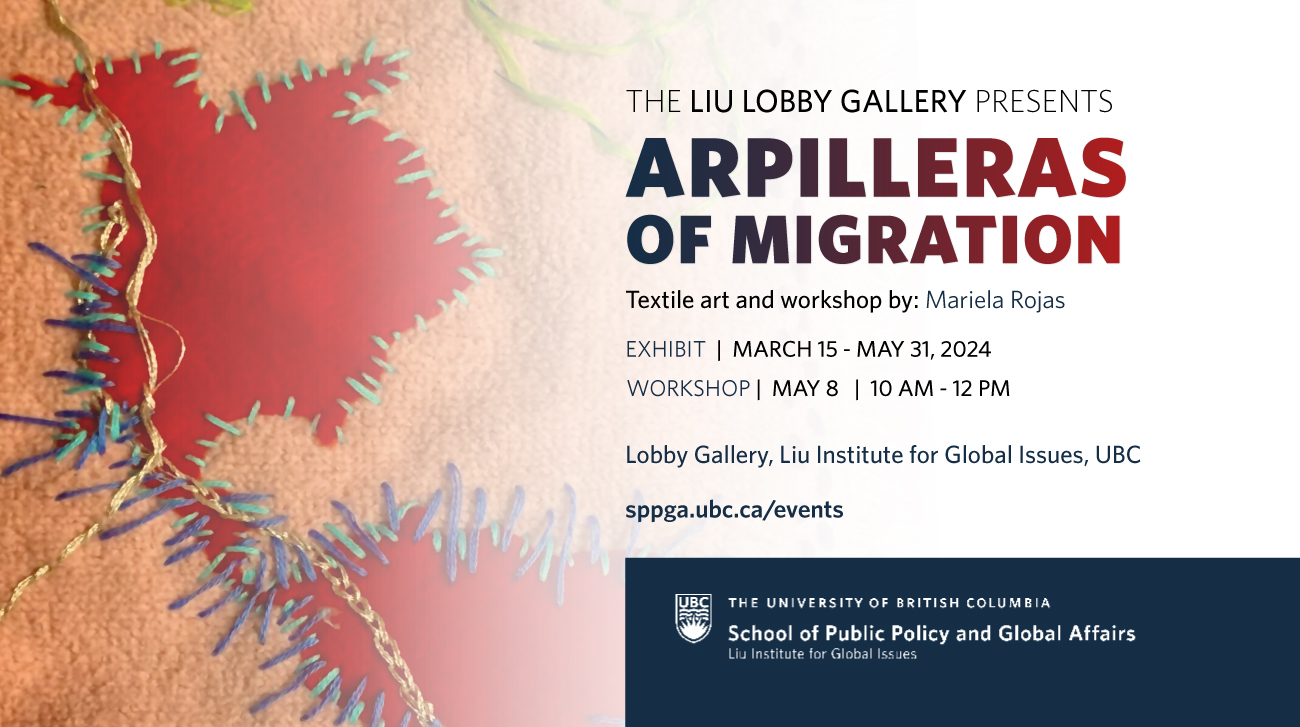Wed, February 8, 2017
6:00 PM – 9:00 PM
Sty-Wet-Tan Great Hall, First Nations Longhouse, 1985 West Mall, UBC
Register here.
The public event will feature reflections and performances by invited artists and scholars on the role of engaged artistic practice / creative scholarship in generating public dialogue on questions of social responsibility and transformative justice during or after mass atrocity, including genocide, disaster, war, displacement, colonialism or slavery.
The event is part of a Peter Wall Institute for Advanced Studies International Research Roundtable, Memory and Responsibility, co-organized by Erin Baines, Pilar Riaño-Alcalá, Sheryl Lightfoot, with Omer Aijazi. The Roundtable brings together an interdisciplinary group of artists, community leaders and scholars to consider how and why people forget, deny or remember responsibility for mass violence.
For more information about this International Research Roundtable and a list of participants, please go to the Roundtable website.
Erin Baines and Pilar Riaño-Alcalá
Roundtable participants: M. Kamari Clarke, Juliane Okot Bitek (Liu Scholar), Peter Morin, Erika Diettes, Bronwyn Leebaw
With special guests: Koju Kojwang and Anson Ching
Co-sponsored by: Peter Wall Institute for Advanced Studies, First Nations House of Learning , Liu Institute for Global Issues, UBC
Cover Photo Credit: All Blood And Guts by Erika Diettes
In various parts of Colombia, forcibly disappeared persons end up in rivers, which are symbols of life and of the wealth of our nation. From time to time the corpses float to the riverbanks and people gather because of the hassle the vultures cause – they become allies when it comes to alerting others of the presence of a body, unfortunately dead. The composition, made up of three images of the same size, conveys the face of a bereaved woman who is describing what she experienced with the disappearance of a loved one; her counterpart, the expressionless vulture. Both converging their gazes towards the river’s water, encouraged by different motives, they have an unfortunate encounter seeking the same purpose. Covered in a dark aura of grief, these images force us to become spectators of an event in which three faces attempt to momentarily deliver us from our indifference.
